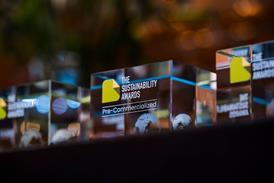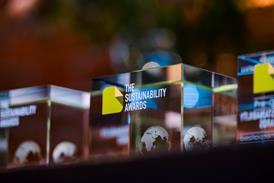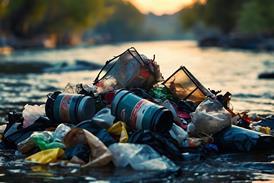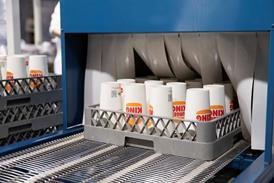Refillable toothpaste dispenser and ‘biodegradable’ refills hit the market

Mighty Mouthcare’s ‘for life’ refillable toothpaste dispenser and ‘biodegradable’ refills seek to keep single-use pollution and microplastics out of the natural environment without sacrificing convenience.
ALREADY A REGISTERED USER? SIGN IN now
Subscribe (for free) to read this article
Become a subscriber to read this story, as well as other exclusive articles and interviews. The process is entirely free and takes no time at all.





